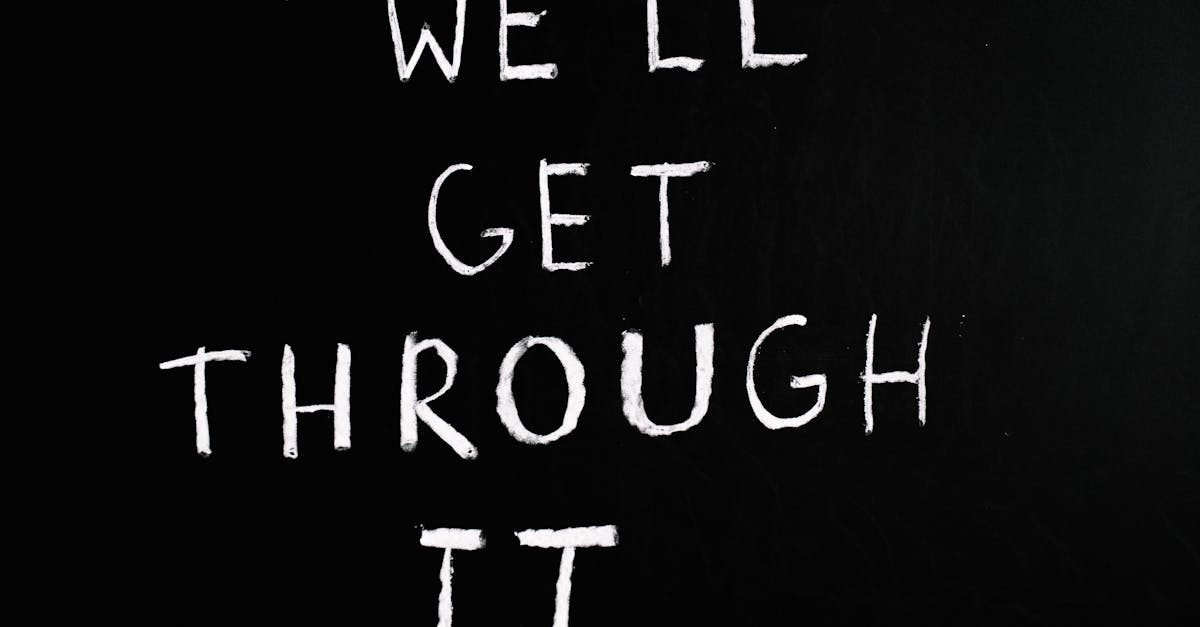In a creative process, failures are often perceived as obstacles, but they can also become stepping stones to innovation. Cultivating resilience allows us to turn these setbacks into valuable lessons. By learning to get back up after a fall, one not only develops the ability to face challenges but also the potential to explore new paths. Resilience is that inner strength that drives us to bounce back, to find inspiration, and to transform our failures into opportunities for growth.
🔥 Nous recommandons Ideamap
Ideamap est l’outil idéal pour un brainstorming ou un projet collaboratif. Grâce son interface facile et à ses fonctions IA, Ideamap booste votre créativité tout en favorisant une meilleure organisation de vos idées pour atteindre vos objectifs.

Resilience is a fundamental quality that enables individuals to recover after setbacks, especially in the context of creative processes. When operating in innovative environments, faced with unprecedented challenges and potential failures, cultivating this ability becomes essential. Overcoming creative failures requires adopting a proactive approach that transforms every obstacle into an opportunity for learning and growth. This involves implementing precise strategies that promote the development of a resilient mindset.
A key element of resilience lies in self-listening. Taking the time to reflect on emotions and reactions to failure is crucial. This introspection will not only help manage feelings of frustration or disappointment better but also understand the underlying reasons for the setbacks encountered. Practicing mindfulness can prove beneficial for this self-listening, allowing one to stay grounded in the present moment and to embrace experiences constructively.
Another fundamental aspect of this approach is acceptance. Recognizing that failure is an integral part of the creative journey is liberating. Far from being an end in itself, each failure is an opportunity to readjust, refine ideas, and identify weaknesses. Adopting a positive view of failure allows one to see it as a step towards success rather than as a discouraging obstacle.
In parallel, it is important to cultivate support networks. Engaging with other creatives who have experienced similar failures can provide new and encouraging perspectives. Whether friends, colleagues, or mentors, these interactions foster an environment conducive to experimentation, where the fear of failure is alleviated by sharing experiences and advice. This also helps strengthen the sense of community, essential for promoting mutual support within creative processes.
Furthermore, it is advisable to adopt a growth mindset. This approach advocates the idea that abilities and skills can be developed over time. Rather than feeling limited by a failure, it is essential to draw lessons from it and remain open to learning. Every challenging situation can thus be perceived as a life lesson, offering teachings that can be reinvested in future projects.
Finally, developing a long-term vision is an essential component of resilience. By keeping the overall goals in mind, each failure can be viewed as a temporary experience, a part of the journey towards achieving creative aspirations. This helps maintain motivation, even when the path becomes winding and fraught with obstacles. Indeed, being able to see beyond immediate setbacks is a valuable asset for any creative.
In conclusion, cultivating resilience in a creative context is a process that requires introspection, collaboration, and a positive mindset. By applying these principles, it becomes possible not only to bounce back after failures but also to transform them into genuine opportunities for personal and professional enrichment. To explore this theme further, you can consult interesting resources such as this link or this one.

FAQ on Creative Resilience
Q: What is resilience and why is it important in a creative process?
A: Resilience is the ability to face challenges and bounce back after failures. In a creative process, it is essential because it allows one to learn from errors and transform them into opportunities for innovation and progress.
Q: How can I cultivate my resilience after a creative failure?
A: To cultivate resilience, it is important to practice introspection and listen to your emotions. Recognizing failure without being overwhelmed by guilt will help you better overcome challenges.
Q: What strategies can help me transform my failures into opportunities?
A: Several strategies can be implemented, such as mindfulness to stay grounded, developing a positive mindset, and seeking support within a network of peers.
Q: Is it normal to feel discouraged after a failure?
A: Yes, it is perfectly normal to feel disappointment or discouragement after a failure. The important thing is to recognize these feelings and use them as a springboard to move forward.
Q: What role does lateral thinking play in developing my resilience?
A: Lateral thinking promotes innovation by encouraging creative and different approaches to problems. This allows one to see things from a new angle and fuels resilience.
Q: How does self-listening contribute to creative resilience?
A: Self-listening allows for a better understanding of emotions, needs, and motivations. This helps develop a resilient mindset capable of adapting and rebounding in the face of creative challenges.
Q: What are the first steps to strengthen my resilience?
A: Start by accepting your failures as learning experiences. Identify the lessons learned and celebrate small victories to boost your self-confidence.
Q: Can resilience be learned?
A: Yes, resilience is a skill that can be developed over time through regular practice and a willingness to improve. Training in mindfulness and seeking support are key steps.














